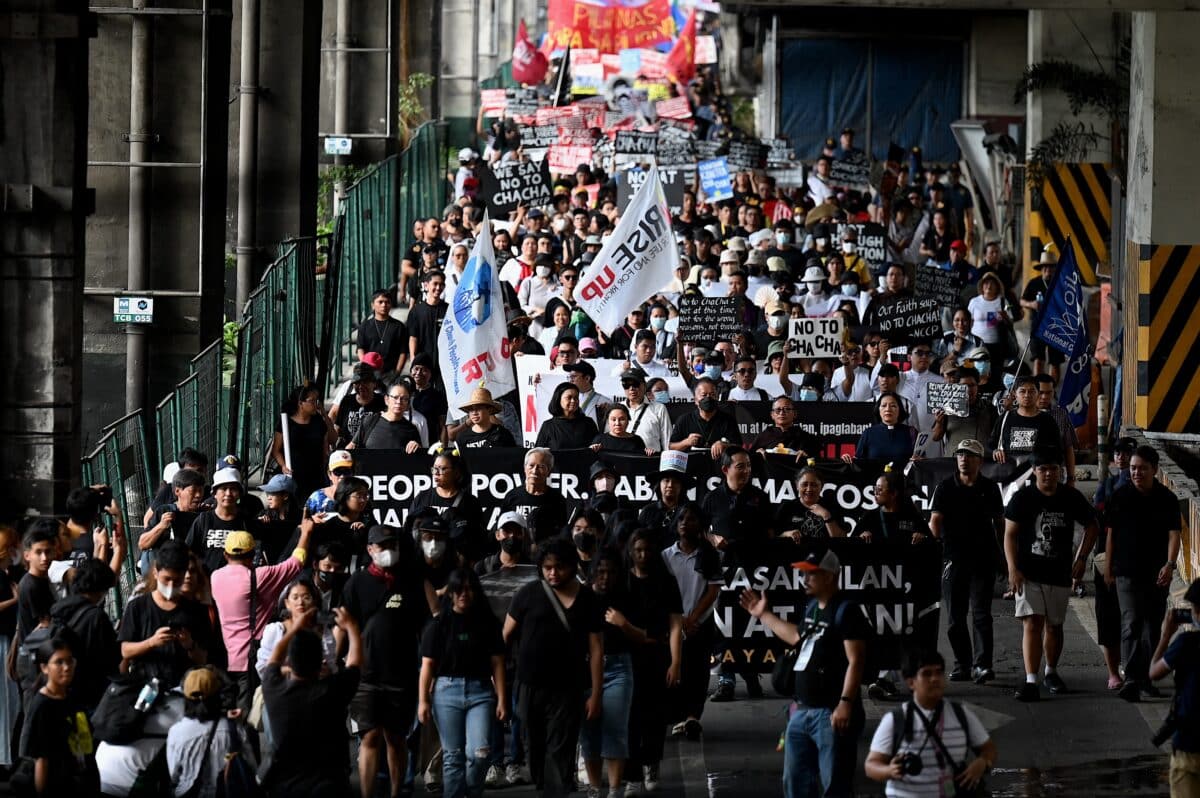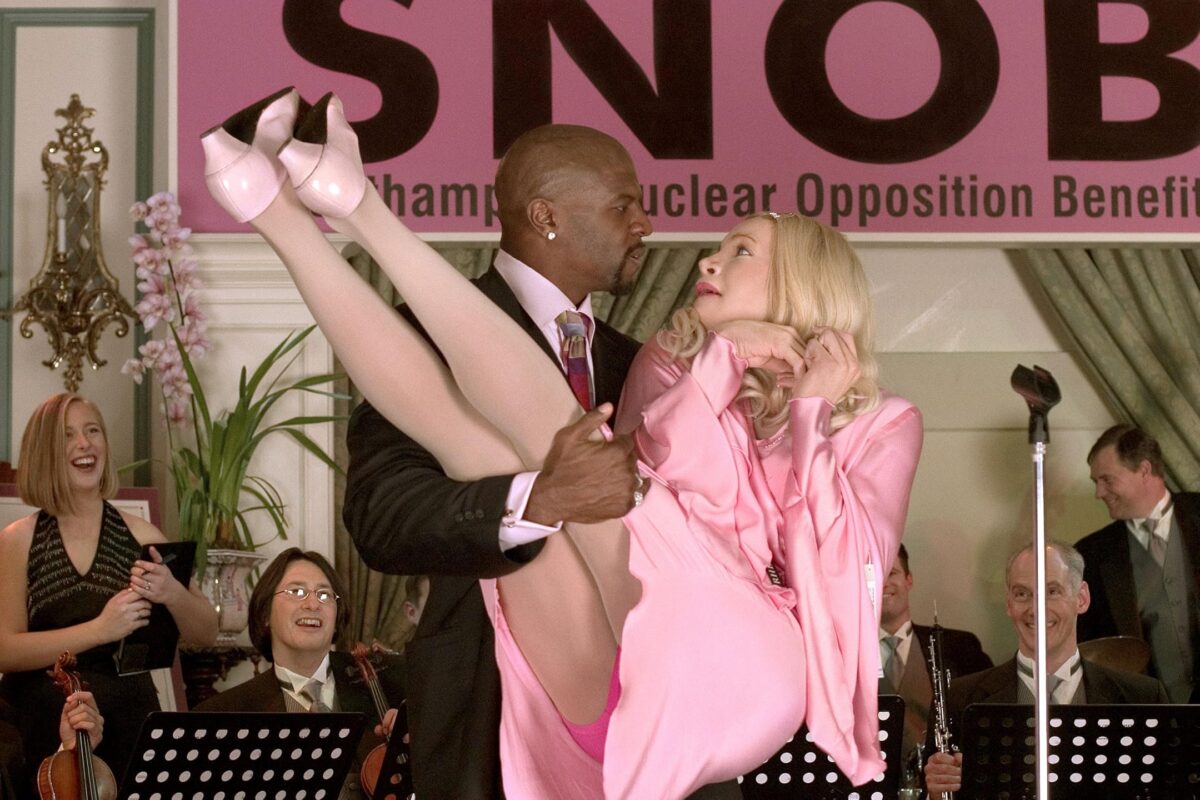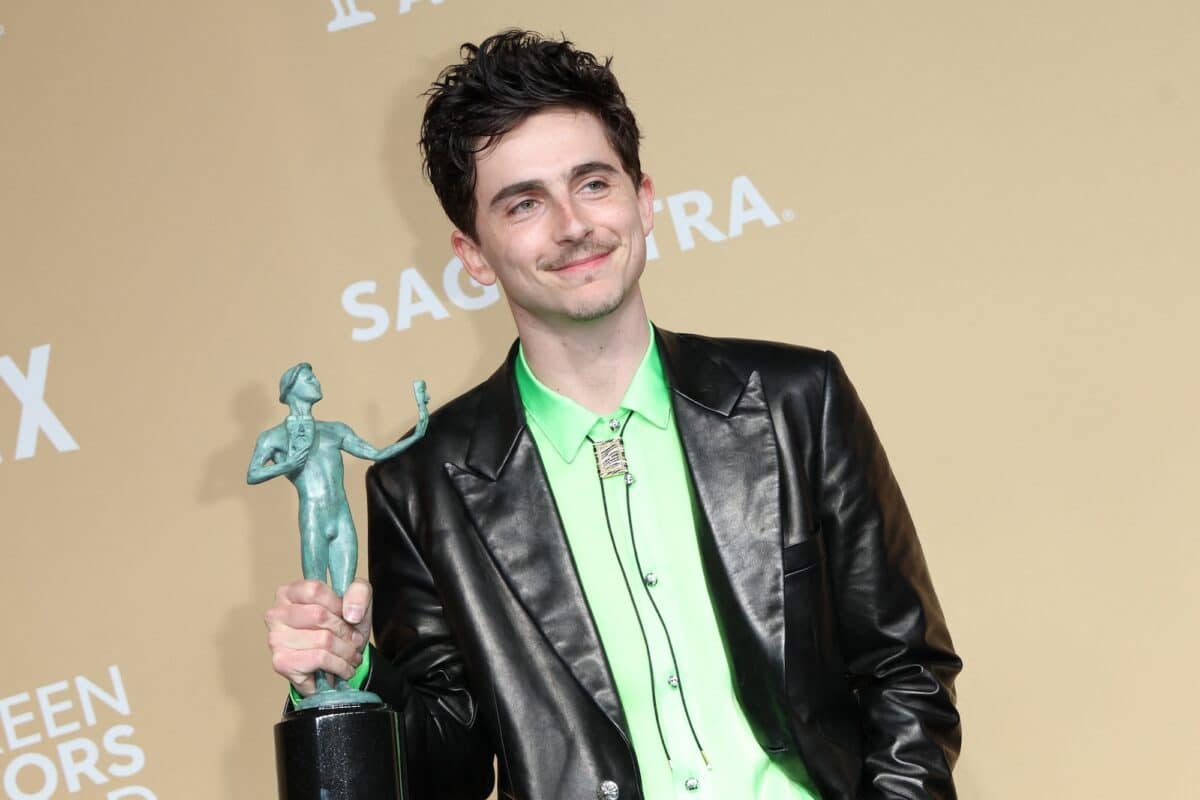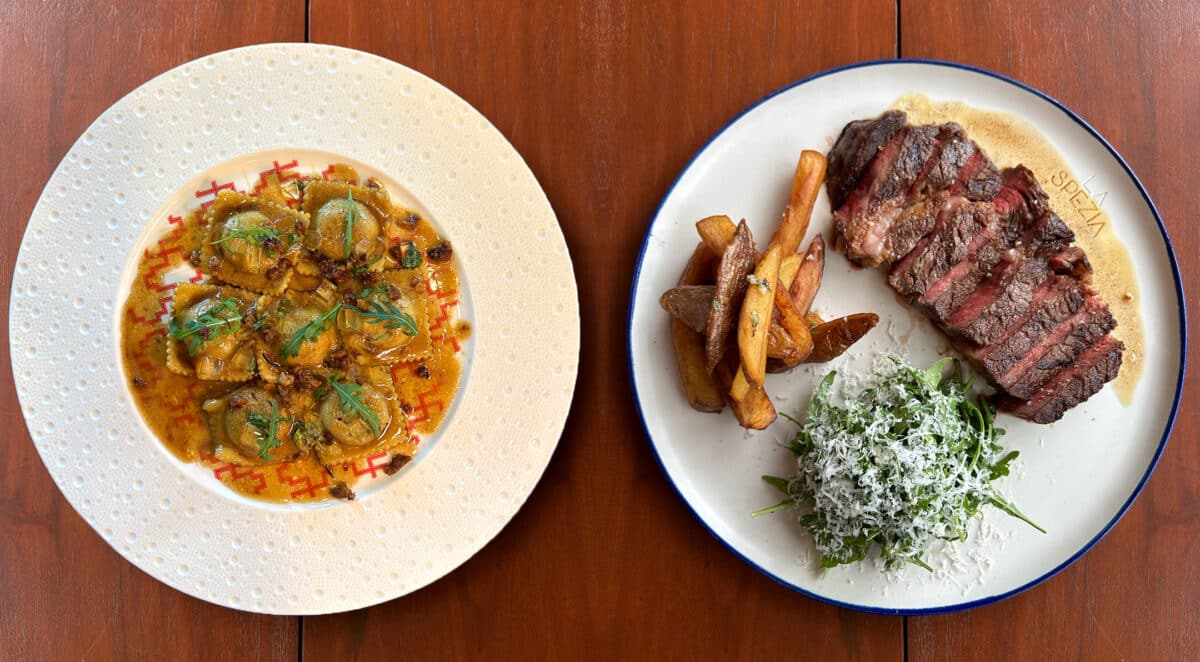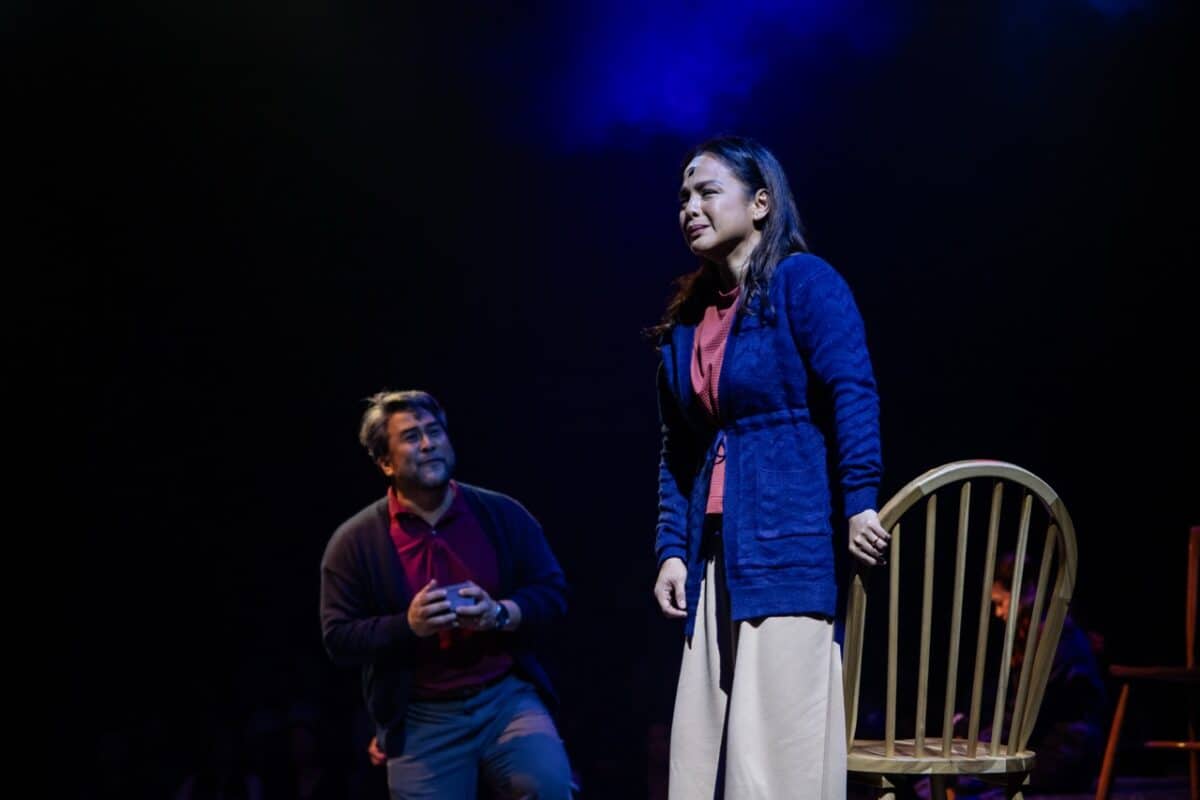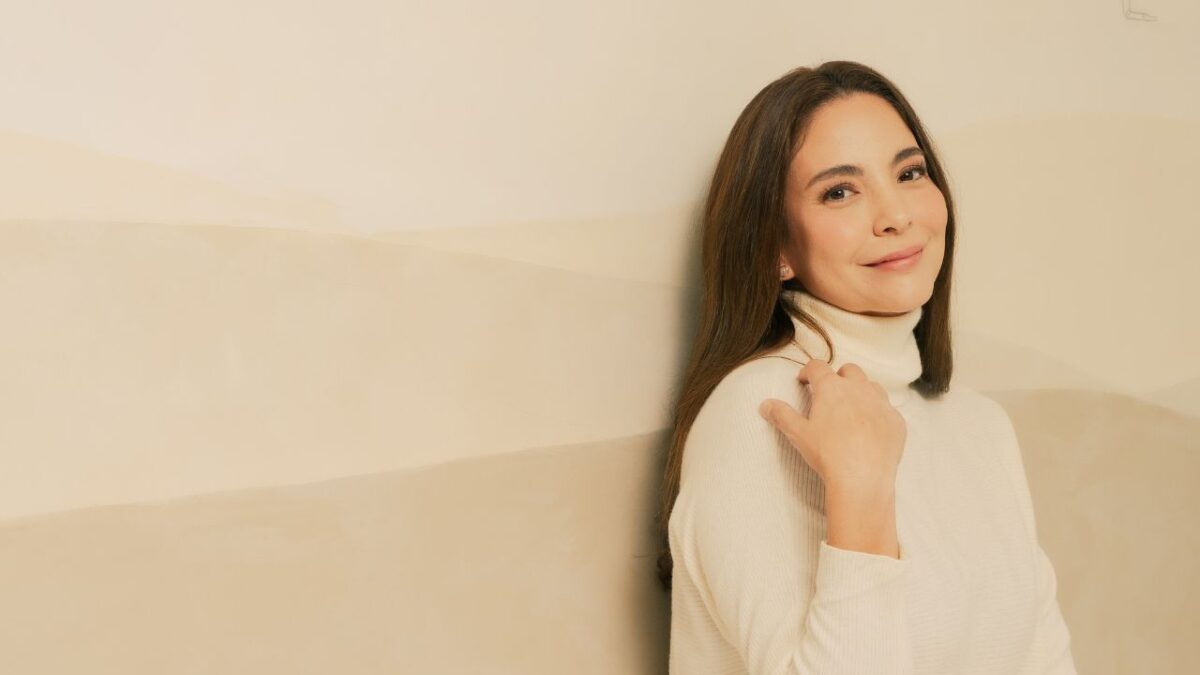We caught up with the pole vault star ahead of the unveiling of his new pole vaulting facility inside the Marcos Stadium in Laoag City, Ilocos Norte
EJ Obiena is more than just an athlete. Sure, he’ll continue to compete and be among the best pole vaulters in the world. But his eyes aren’t just set on the top of leaderboards. He is determined to cultivate the next generation of Filipino athletes, starting with the new pole vaulting facility inside the Marcos Stadium in Laoag City, Ilocos Norte.
“I believe this is an Olympic sport Filipinos can excel in. We can be globally competitive year after year,” wrote Obiena in an Instagram post.
He adds, “To achieve this, we need facilities around our far-ranging country. We have the talent and the dedication. We just need the facilities.”
Ahead of the ribbon-cutting ceremony scheduled on Nov. 22, we caught up with the fourth-place finisher at this year’s Olympics to talk about the new pole vaulting facility, his relationship with coach Vitaly Petrov, and his upcoming competitions for 2025.
READ: Only gravity can bring EJ Obiena down
You’re coming fresh off the IOC Coaches’ Lifetime Achievement Award ceremony. How was it?
It was good. It was a unique experience for me to meet the people who run the IOC and get a bit of a perspective—for coaches, what these legends of the sports have mentally and what separates them. And, I also got a bit of an idea of how coaches feel when their athletes win their medals.
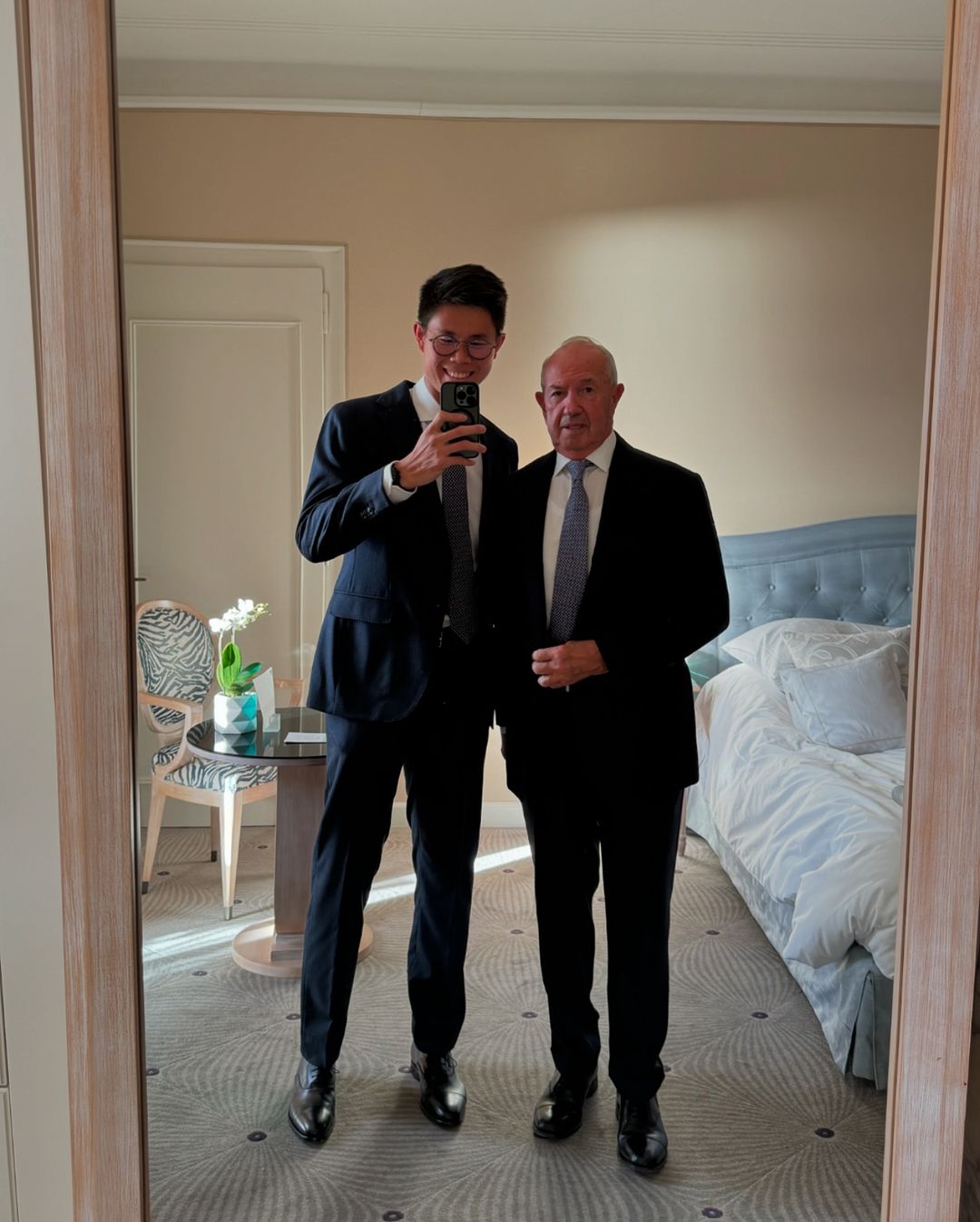
How would you describe your relationship with coach Vitaly Petrov and what this recognition means?
My relationship with him is very deep. It’s more than just him being my pole vault coach—I spend more time with him than my own family. He’s such an inspiration, to say the least, and is truly a motivation to be your coach. What I mean by that is sometimes, as an athlete, you get tired, you get exhausted from your day-to-day [life]. But, if you see your coach that age, what he has achieved, and still be motivated and devoted to what he does, it gives you… it pulls you to your senses to do what you need to do and not feel as if it were a drag.
To be honest, I’m very grateful to the IOC for having this kind of award for the coaches. I do agree that athletes are the center of the Olympics, but without the coaches, the support team, the physios, and the psychologists, you don’t have these superstars. You wouldn’t have these icons of the sport because we just can’t do it without them. For that, I am grateful.
READ: EJ Obiena honors coach Vitaly Petrov after latest lifetime award
Straight off a string of flights today and right on to the ribbon-cutting ceremony tomorrow—you’re effectively a man on the go—how do you find rest in your packed schedule?
I don’t, I’m tired man. I’ll be honest, I’m really exhausted and I have a bunch of things I need to work on while I’m on the plane. The things that I want to achieve—I know it’s going to take a lot from me and unfortunately, rest is not part of the equation. But being an athlete, I do understand the value of time and recovery. This is why I try to maximize my time and be as efficient as I can be. Case in point, even now, I’m driving and talking to you and being quote-unquote efficient.
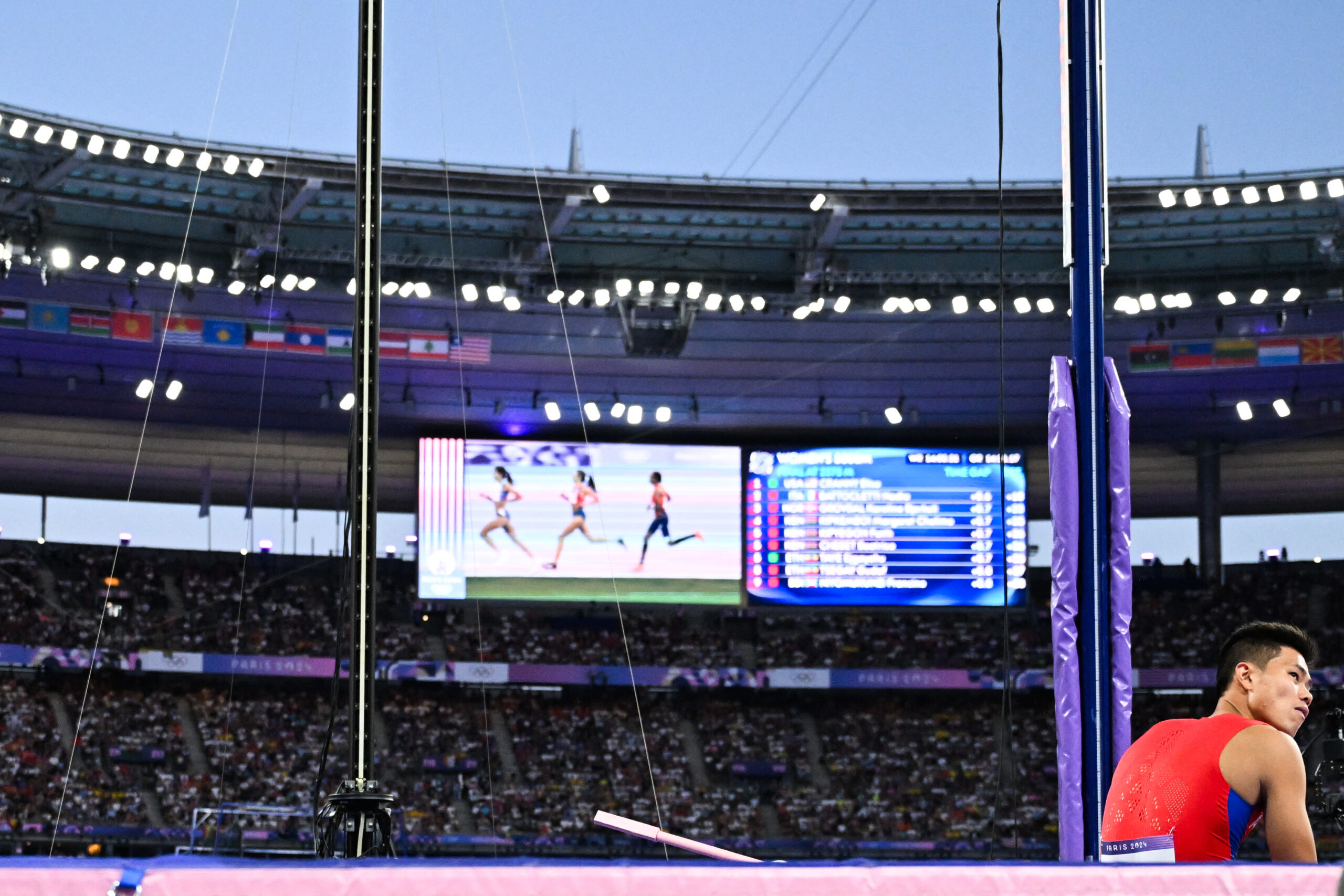
On the physical side of things, you’ve just been recently cleared from your back injury. How’s it feeling at the moment?
It feels fine. I honestly don’t have any problems right now. I don’t feel any pain. I just hope that I stay healthy and I think that’s the crux of the problems of all athletes—to make sure that you stay healthy and be able to do what you need to do. It’s part of the reality of sport. You try to push the limits, you knock on those limits every day, and sometimes you actually find the limit.
How’s the competitive schedule looking for 2025 and what are some competitions on the horizon that you’re already looking at?
There are two world championships next year: the World Indoor and the World Outdoor Championships. Both are something I’m eyeing to hopefully medal in. Of course, there are the Southeast Asian Games, the Asian Championships, and the Diamond Leagues. Right now, those are the ones that I have in my head, and having missed a few, I need to kind of build those points up again and hopefully regain my ranking.
READ: How EJ Obiena is raising the bar for Philippine pole vaulting
How did the pole vaulting facility inside Marcos Stadium come about? Why in Ilocos Norte specifically?
I’m looking at places strategically to maximize the facilities we’re going to be building and donating. I want as many kids as possible to be able to take part. One of the main things for me to look for is: if there’s an existing athletics club, if there’s a group of already-athletes, or if there’s a high interest in the sport. If there is, then that is already one step in the right direction.
The next one is to make sure that the LGU or whoever owns the track is open to letting the public use their facilities. There’s no point in donating a facility if nobody could use it.
Our recent successes in the Olympics generated a lot of interest in kids and even young adults to try gymnastics, pole vaulting, and weightlifting. But unlike basketball, football, or volleyball, which are quite accessible anywhere in the Philippines, these events are quite unique. If you don’t have the facility, no one will be able to try them. That’s one of the biggest, if not the biggest, reason for me to try to contribute in any way to that.
I find it quite wasteful to have that momentum and interest and not take advantage of that. As sad as it may seem, we’ll be back to where we were if we don’t capitalize on this opportunity and don’t get the ball rolling.
I’ve tried this in different ways. I’ve tried to inform the government. I’ve tried to inform and work with LGUs. There are a lot of ways to get this done, but for some reason, raising your own funds and donating it is the best way, unfortunately. I hope that this will open the eyes of other sports to try and ride on all that interest because that’s something that you cannot replicate.
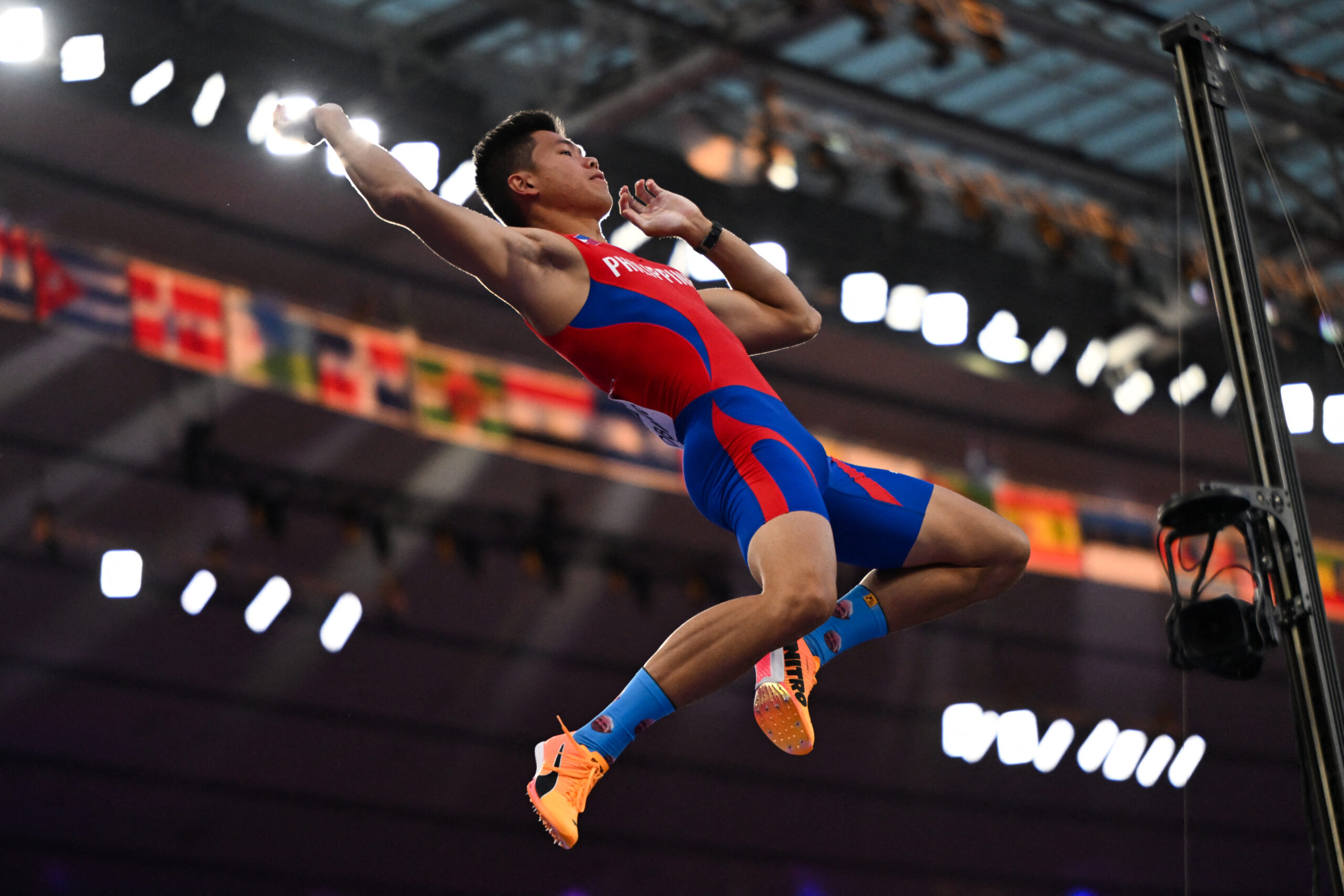
Was it always in the cards for you to help push pole vaulting in the Philippines?
Pole vaulting has always been a means to an end for me until it showed me the world. The sport has changed my life for the better and that is something that I hope I could do for others. I’m a pole vaulter because of my dad, because of Lydia de Vega, because of Isidro del Prado, because of all these legends of Philippine sport. They inspired me and I hope that I’m able to do that and make it as straightforward of an approach for anybody who wants to.
When did you realize that you could do more than compete?
With the influence of athletes and the platform that we have, I realized that I could do something about it, and I’m very blessed to be in such a position to do it. And of course, I’m very blessed to have partnered with the right brands that don’t just see me as a short-term star to burn. This is why I keep saying I’m truly grateful and lucky to work with such brands that gave me the possibility to pull this off. I alone personally couldn’t—I don’t have the money and the resources to do this.
What will be your level of involvement in the facility moving forward? Will you be conducting clinics? Will you be training there? What’s the plan?
That, of course, depends on the availability of my time. For now, I have programs to have multiple clinics and multiple coaching seminars within those hubs. I’ve partnered with a brand—they offered to conduct clinics and coaching seminars for these pole vault facilities to be fully utilized. That’s my involvement in it and hopefully, I have a few more ideas in my head that I’m trying to pitch and materialize, per se.






